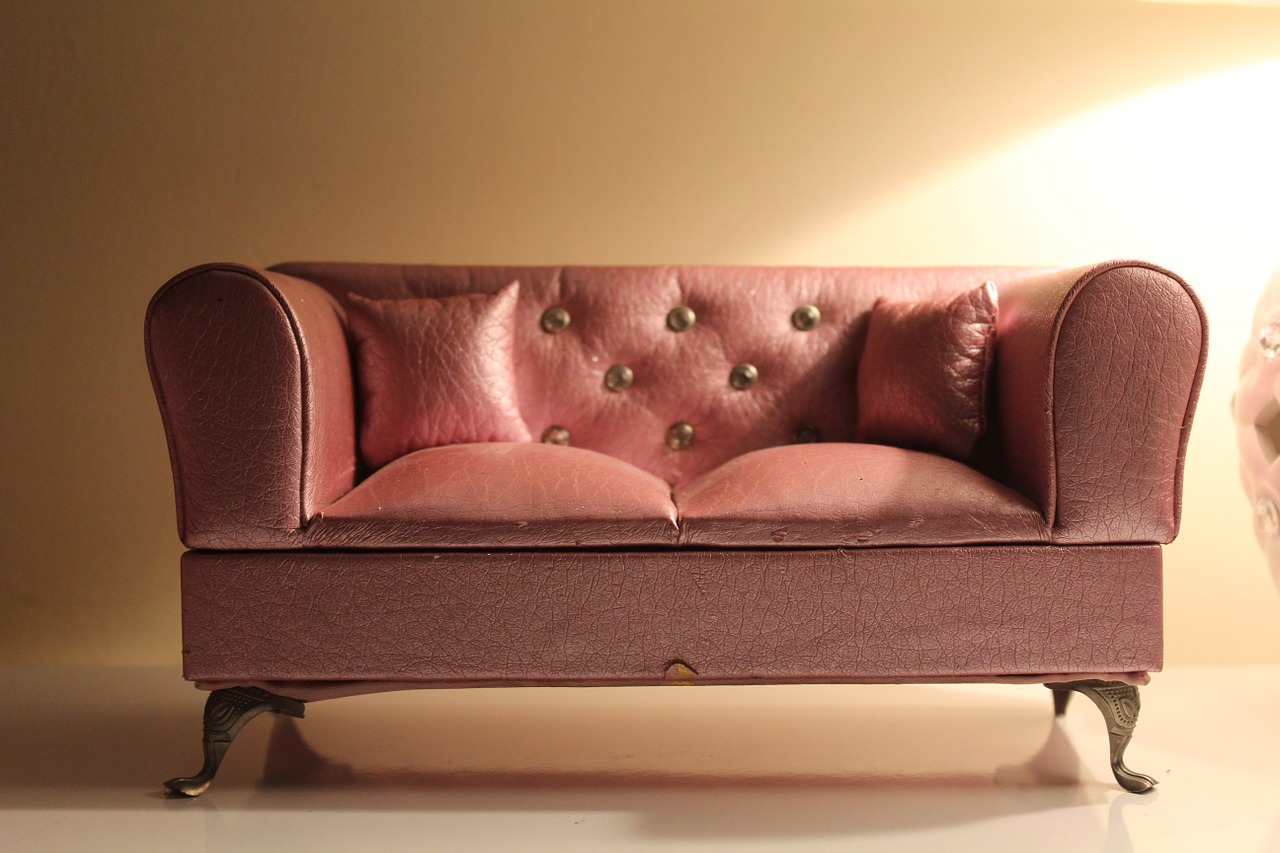

Upholstered furniture is a beautiful addition to any home, but is often damaged when improperly stored or moved. Whether you are seeking to protect a treasured family heirloom or preparing for your next move, the following five steps from Cheap Denver Movers (www.cheapdenvermovers.com) will help to ensure the life of your furniture.
Step 1: Cleaning Furniture
Before you begin packing, take care to clean surfaces and fabrics carefully. Cleaning furniture helps to prevent fabric degradation in storage and has the additional benefit of protecting against moths and other insects that can wreak havoc on fabrics. Baking soda and vinegar solutions offer safer alternatives to harsh fabric cleaners. Make sure to test cleaning agents carefully on small, unseen sections of fabric before applying elsewhere to reduce the possibility of bleaching or staining.
Take care to wipe up excess oils (in the case of wood furniture) and related cleaning agents that may leach into fabrics over time.

Step 2: Storing Pillows and Cushions
As much as possible, try to remove any loose-hanging items, including pillows and cushions, from furniture. Shifting that occurs while moving furniture can cause wear on couches and chairs.
Step 3: Padding Furniture
Furniture with delicate fabric is frequently damaged in transport and storage. An often overlooked, but important step in the packing process involves packing furniture with a thin layer of padding, which can help protect against sharp objects that may tear or otherwise degrade fabric. Shipping companies offer many reasonable solutions, but foam padding is a cheap and effective alternative.
Wrap easily-damaged surfaces with a layer of foam padding and secure with durable tape. Take care not to tape padding directly to the fabric, as removal may cause damage to fabric fibers. A thin, 1/2 inch layer of padding should provide sufficient cushion to prevent unsightly scuffs and tears.
Step 4: Weather insulation
Rain and snow can cause considerable damage, particularly when moving furniture to and from vehicles. Plastic coverings offer an essential layer of protection against inclement weather.
Tarps can be used for larger items, but large rolls of clear stretch plastic can be purchased at many home improvement stores. Stretch plastic nicely contours to the surface of furniture. Clear plastic offers the additional benefit of helping to identify furniture when unpacking or removing items from storage.
Step 5: Labeling and Packing Furniture
It is important that you take steps before the moving process to help identify easily-damaged items.

Per this Arvada moving service, care should also be given to how furniture is stacked in moving vehicles or in storage. Lighter and more fragile items should be loaded last, independent of or on top of heavier items. Items should be secured with soft rope and bungee cords where possible, to reduce the risk of movement. It may be helpful to draw out a plan to determine which areas of the moving vehicle will be most suitable for more delicate furniture.

